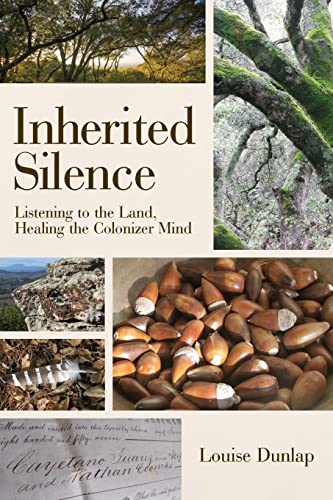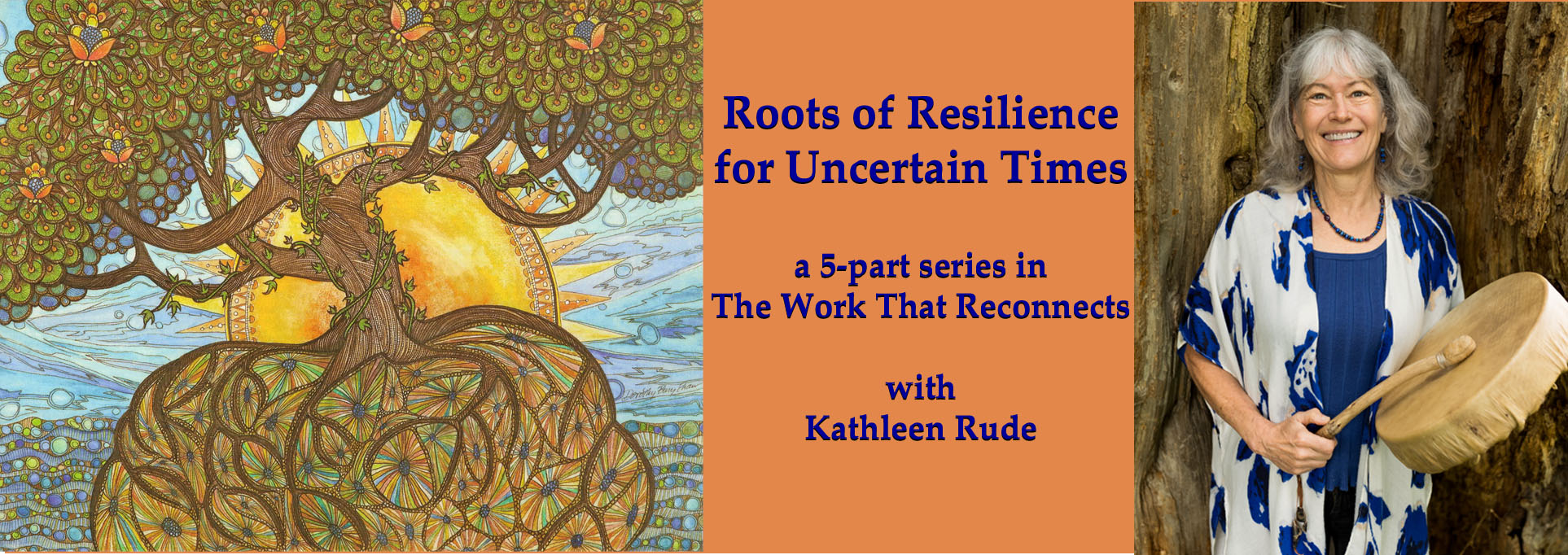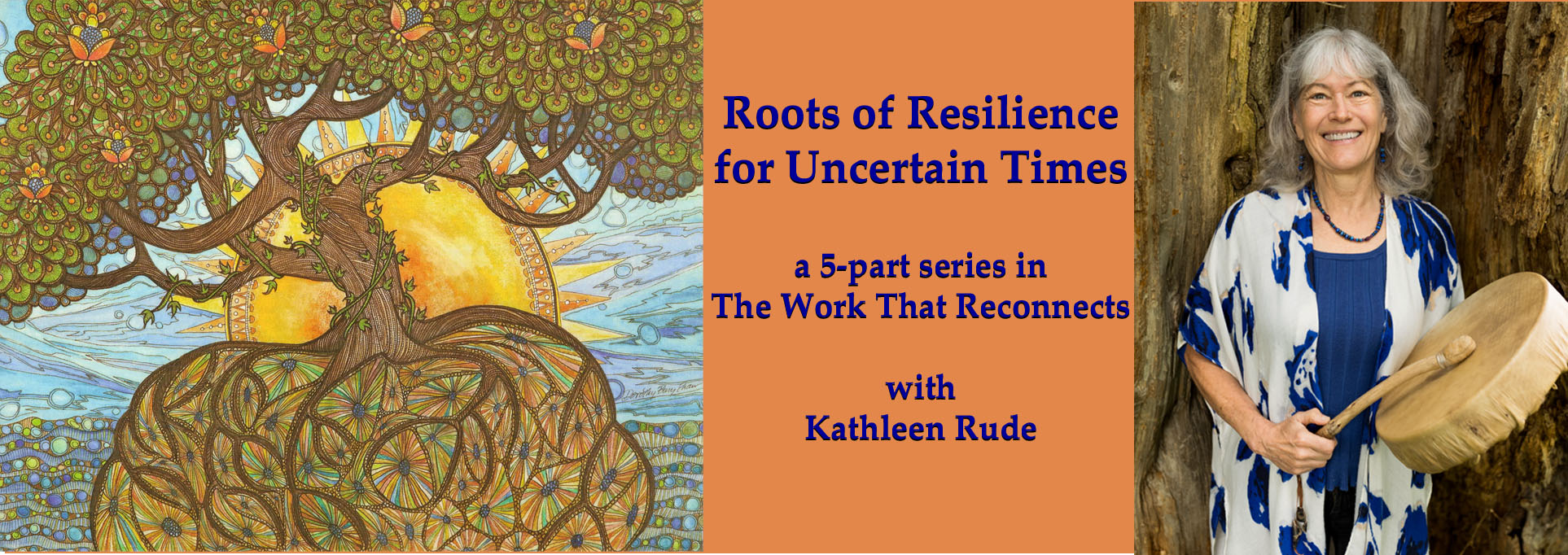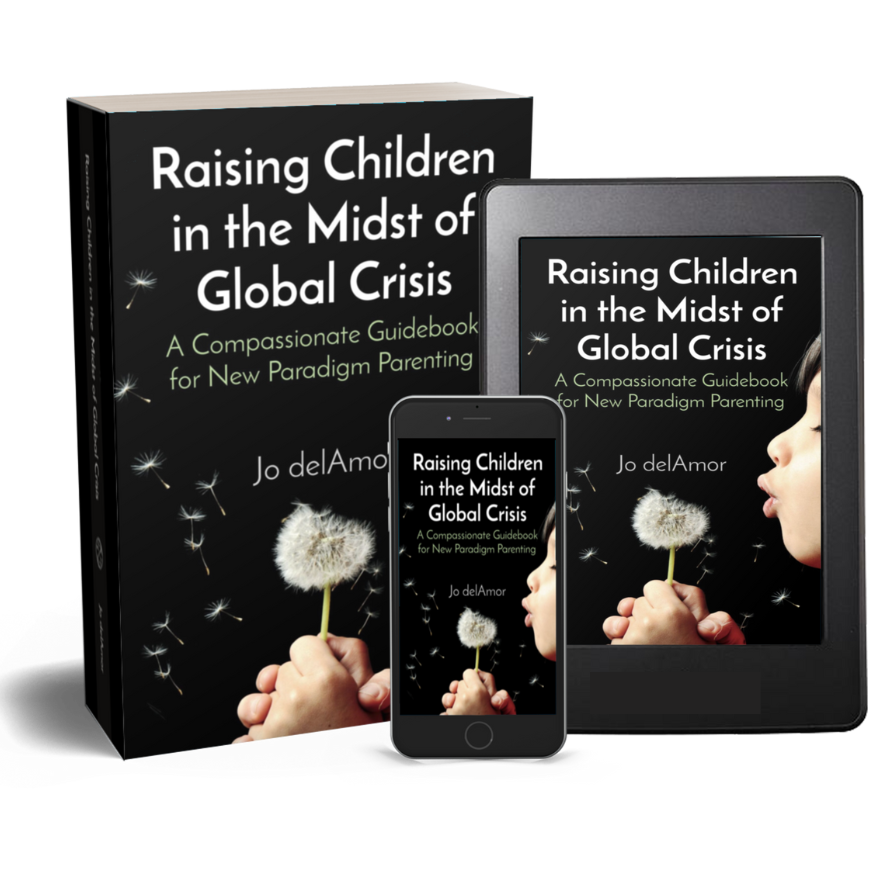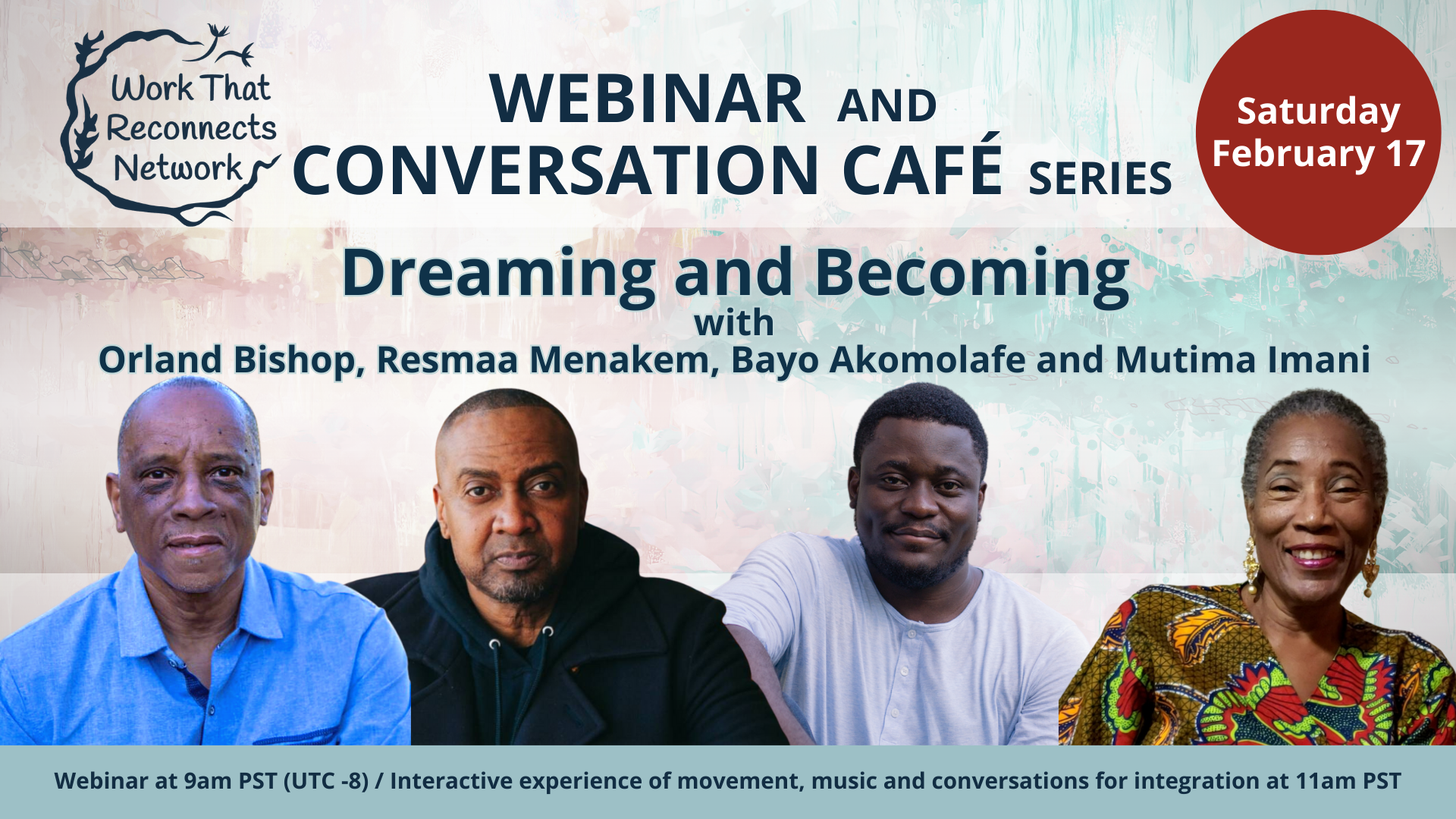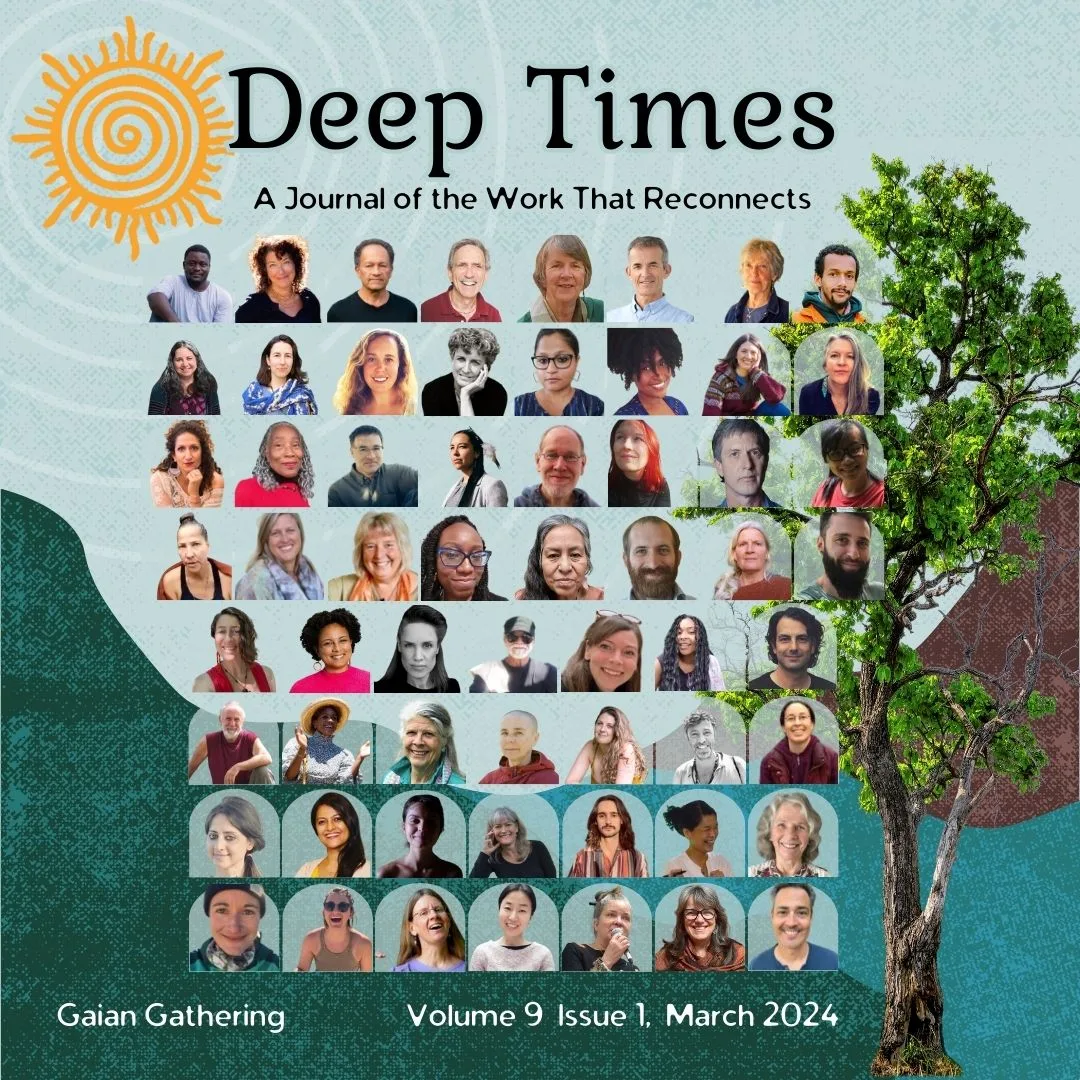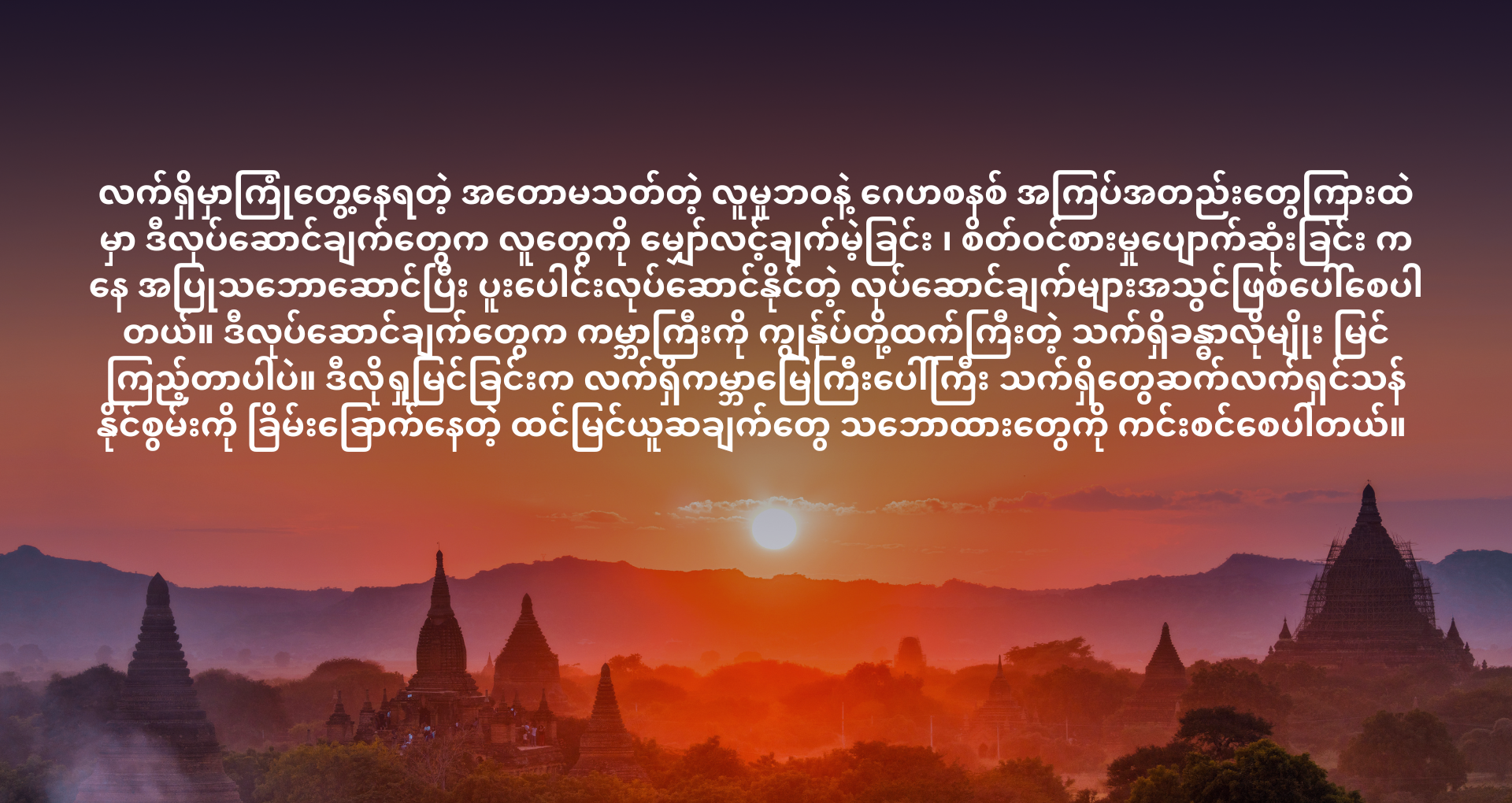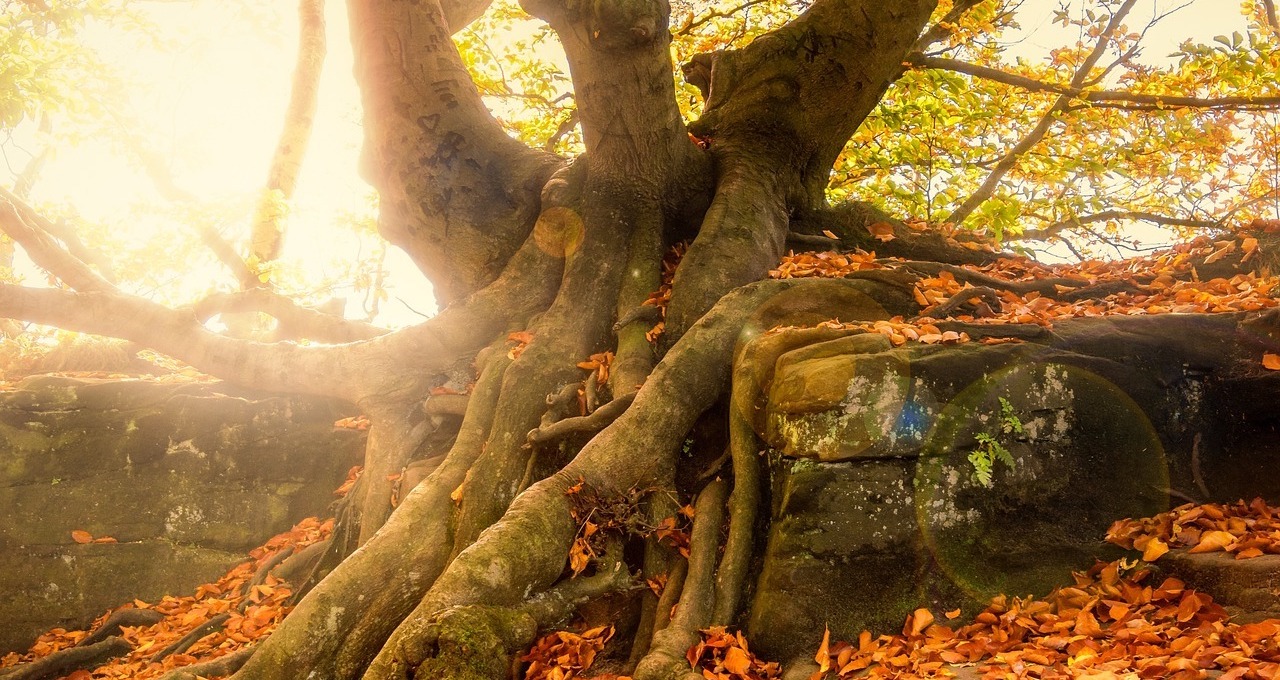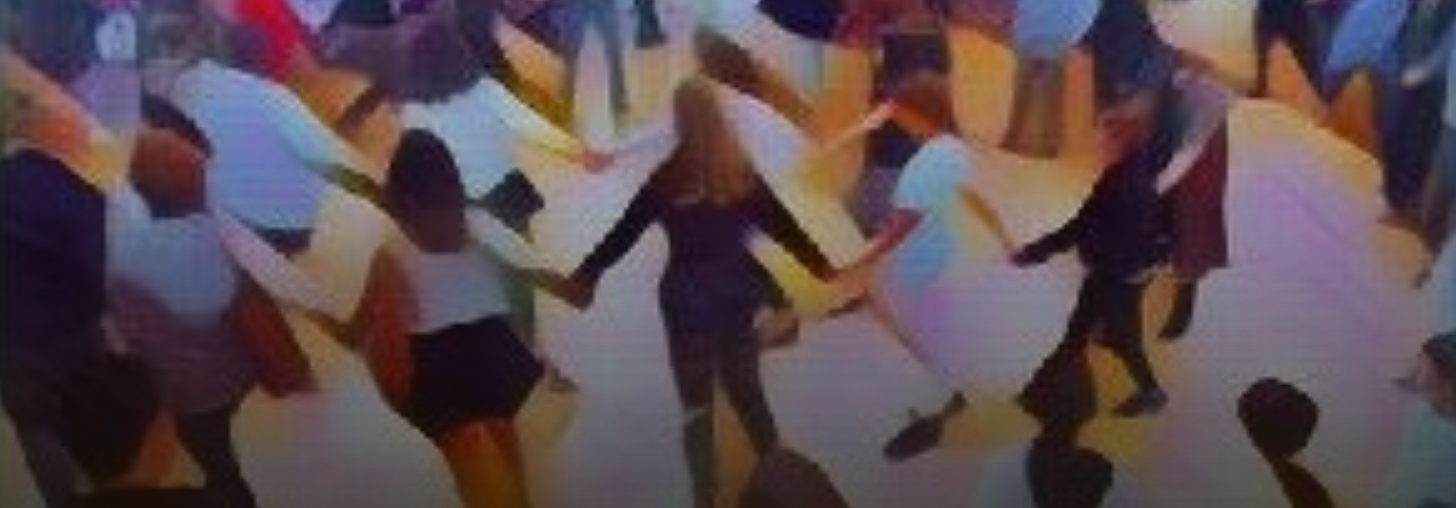- Practices
- Honoring Our Pain
- Emerging Facilitators
- Facilitators
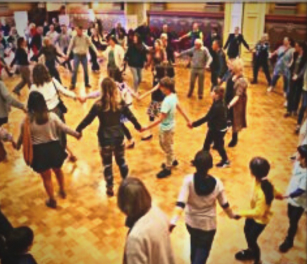
Bowl of Tears
from chapter 7 of Coming Back to Life by Joanna Macy and Molly Brown; second edition, published 2014. Please acknowledge the source when you use any of these practices.
Time: 30-60 minutes
This simple ritual can be adapted to any size group, from a handful to a large assembly. The ritual arose from the group of 60 attending a 30-day intensive lead by Joanna and Fran Macy at Western Australia in 2005. People shared their grief for the world by passing a bowl of water around the circle, each person scooping up some water and letting it trickle through their fingers as they said, “My tears are for …” The bowl was then placed on the altar.
On the Oregon coast, at the next 30-day intensive, the Bowl of Tears was used to close a ritual honoring sufferings inflicted on indigenous people the world over. Afterward, the group ceremonially processed to the beach where a young Spaniard carried the bowl out into the surf and poured the water into the ocean.
A year and a half later at Findhorn in Scotland, a ceremony with 250 people began with poetry and spoken reflections on the power, liberation, and solidarity that comes with owning our collective grief. Then people clustered in foursomes to tell of their experience of the Great Unraveling. After that they sang together, over and over like a chant, words of Adrienne Rich put to music by Carolyn McDade.
My heart is moved by all I cannot save.
So much has been destroyed.
I have to cast my lot with those who,
age after age, perversely,
with no extraordinary power,
reconstitute the world.
Then, with lights lowered, images of breakdown in our world were projected on a large screen, while a wordless, choral lament (from the same “My Heart is Moved” album by Carolyn McDade) played over and over. On the hall’s large, central floor space were set three large glass bowls half-filled with water. People slowly, randomly, came down from their seats around the hall to kneel by a bowl, and let its water trickle through their fingers as they spoke their sorrow for the world (“My tears are for…”). As their forms moved about in the semi-darkness, everyone seemed to be held by the music, the murmuring around the bowls, the splashing of water. Then, following three people carrying the bowls, the whole assembly slowly processed out of the hall and gathered around a garden pond. There the bowls, one after another, were formally emptied into the pond with words that reminded us that the pain we feel for the world is no private pathology; it connects us with Earth and each other. “Let us remember: our tears for the world are the tears of Gaia.”
Method
Fill a clear glass bowl about a third full of water and place it in the center of the circle on the floor or a table. The water represents our tears for the world. All are invited to come to the bowl as they are moved. Dipping a hand in the water and letting it trickle through their fingers, they can say, “My tears are for…” and speak of specific beings and places.
After everyone is finished, the group processes to any nearby body of water, or to a garden or natural area where you can pour the water, saying something to the effect of: “Our tears for the world are the tears of Gaia.”
Variation
Place a little ceramic bowl of salt next to the bowl of water. Then give instructions to this effect: Salt is essential to life. It is in our oceans and in our tears. Because our tears are also essential to life, we place a pinch of salt in the water. Then dipping a hand in the water and letting it trickle through your fingers, you can say, “My tears are for…” and speak of beings and places you mourn.
